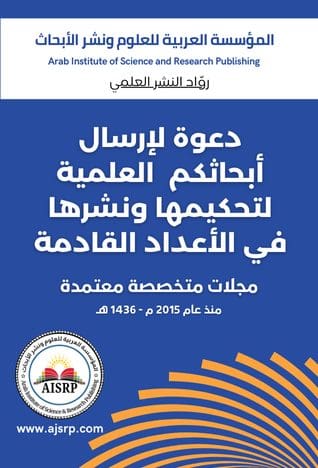Abstract
The younger granite of El-Erediya pluton represents one of the most important prospect areas in the Egyptian Central Eastern Desert which comprise surface and subsurface U-mineralization confined to the southern part of the pluton. Due to the high uranium airborne anomaly of the northern part than the southern part of the pluton, the granite of northern part need to reevaluate its U-potentiality according to the modern techniques that were developed in the last decade. The main goal of this paper is to examine the efficiency of the Advanced Space-borne Thermal Emission and Reflectance Radiometer (ASTER) data in mapping the alteration zones that could be host uranium mineralization within the younger granite of El-Erediya pluton using spectral analysis techniques. ASTER data are especially attractive to many geological researchers in Africa, due to their open availability and associated minimal costs for academic use. The three visible and six near-infrared bands, which have 15-m and 30-m resolution, respectively, were calibrated by using atmospheric correction. Target detection using spectral-matching algorithm was applied to recognize the most predominant alteration components such as hematite, kaolinte, illite and alunite as more or less considered as path finder of uranium mineralization to trace the most promising zones affected by these alteration within the granite of El Erediya pluton. Three ASTER-derived promising areas have been detected, including the prospect area, using the matched filtering methods with a confidence ranging from 68 to 95%. All of these zones that delineated by target detection technique show good correlation with those on field and on the reference geologic map. Two of these target zones are proved in the field and founded along the structural features cutting the northern parts of El Erediya pluton that have not been identified before. Mineralogical studies were carried out, using ore and scanning microscope and XRD, for some selective mineralized samples collected form one of these tow target zones. These investigations confirm the presence of uranophane mineral as uranyl silicates in addition to zircon and fluorite. These minerals are found in close association with hematitization, kaolinitization, and illitization alteration.
Keywords: Remote sensing, target detection, uranium, granite.
Authors
El Zalaky and Abdelmonsif
“Nuclear Materials Authority (NMA), P.O. Box 530 Maadi, Cairo, Egypt”
Full-text
PDF



